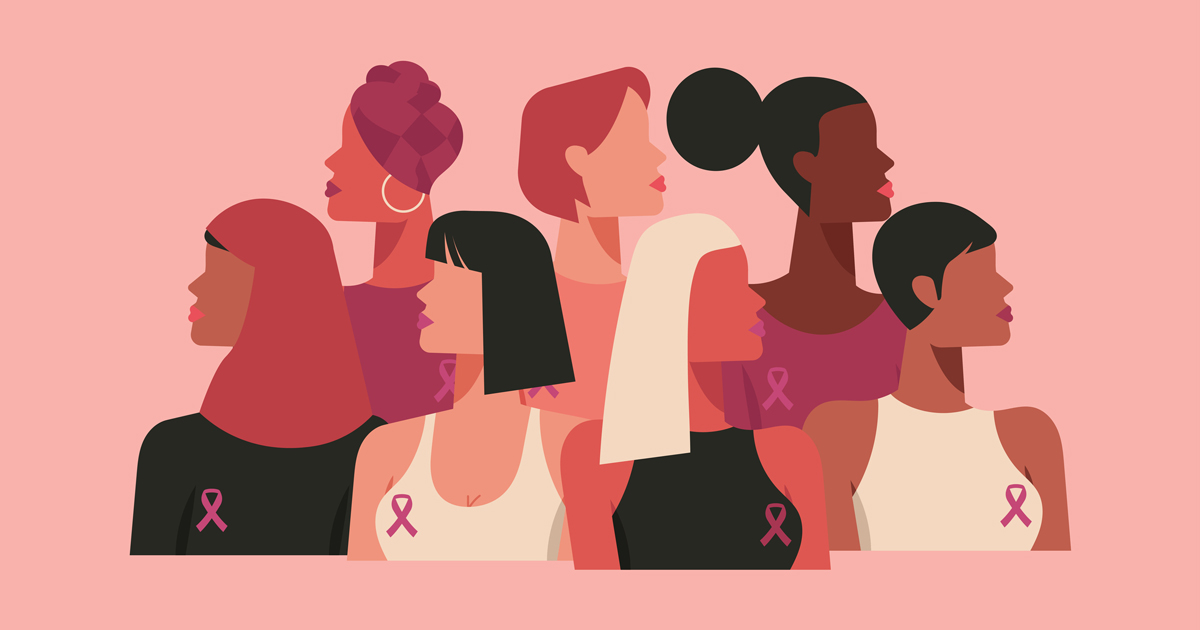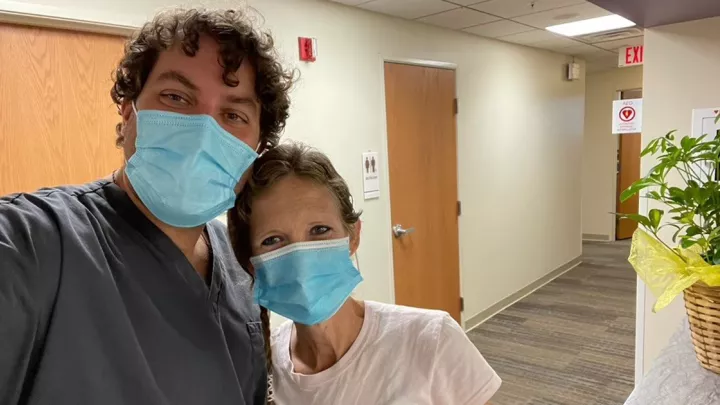5 facts about breast cancer you may not know

When it comes to preventing breast cancer, knowledge is power. Brush up on your know-how with these five important facts.
1. African American women are 41% more likely to die from breast cancer than white women. Experts attribute this to the fact that Black women tend to have tumors that are more advanced at the time of diagnosis. "This underscores the importance of mammograms, as African American women have a lower screening mammography rate than white women and mammography is the best tool we have for finding early-stage breast cancer when it is most curable," says Juan Santamaria, MD, Nebraska Medicine surgical oncologist.
2. Most women (about eight out of 10) who get breast cancer do not have a family history of the disease. Even so, it is important to know that women who have close blood relatives with breast cancer are at a higher risk. Having a first-degree relative (mother, sister or daughter) with breast cancer almost doubles your risk, says Dr. Santamaria.
3. Lumpectomy is often the preferred method of treatment over mastectomy today. "Studies show that lumpectomy is just as effective as mastectomy and is much less physically deforming," says Dr. Santamaria. "In addition, the majority of early breast cancer cases no longer require chemotherapy as part of the treatment regimen. Today, most cases are cured with a combination of surgery, radiation and an anti-estrogen drug."
4. Breast cancer found in its earliest stages is 90% or more curable. "Mammography is our best tool for finding breast cancer in its earliest stages," says Dr. Santamaria. "Sometimes women are afraid to get a mammogram because they fear it will find cancer. The majority of women who get screening mammograms will not receive a cancer diagnosis." Mammography appointments have declined during the COVID-19 pandemic. According to a National Institutes of Health study, screening mammograms fell by almost 60%.
5. Breast cancer deaths are declining in the U.S. since the early 1990s. More than 3.1 million breast cancer survivors are living in the U.S. "This is attributed to advances in technology and science that have led to improved screenings, better treatments, an increase in research and clinical trials which provide greater knowledge of breast cancer and how to treat it most effectively," says Dr. Santamaria.






